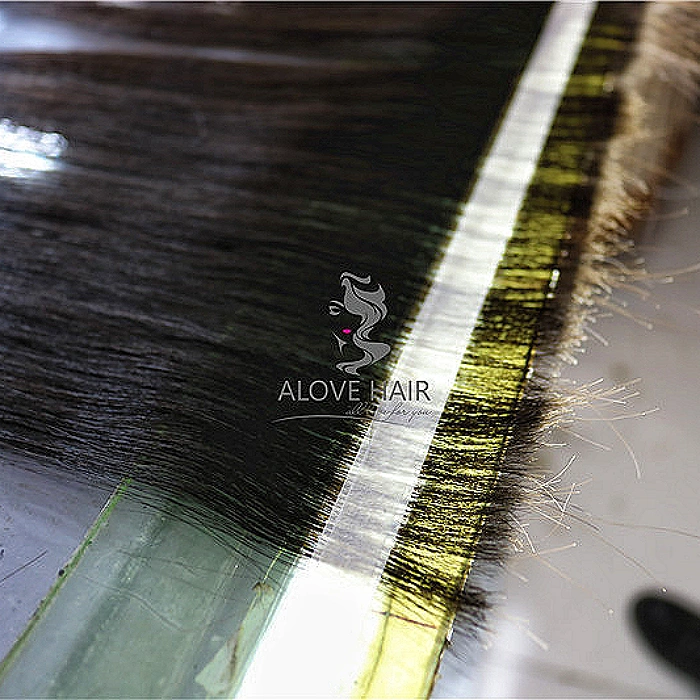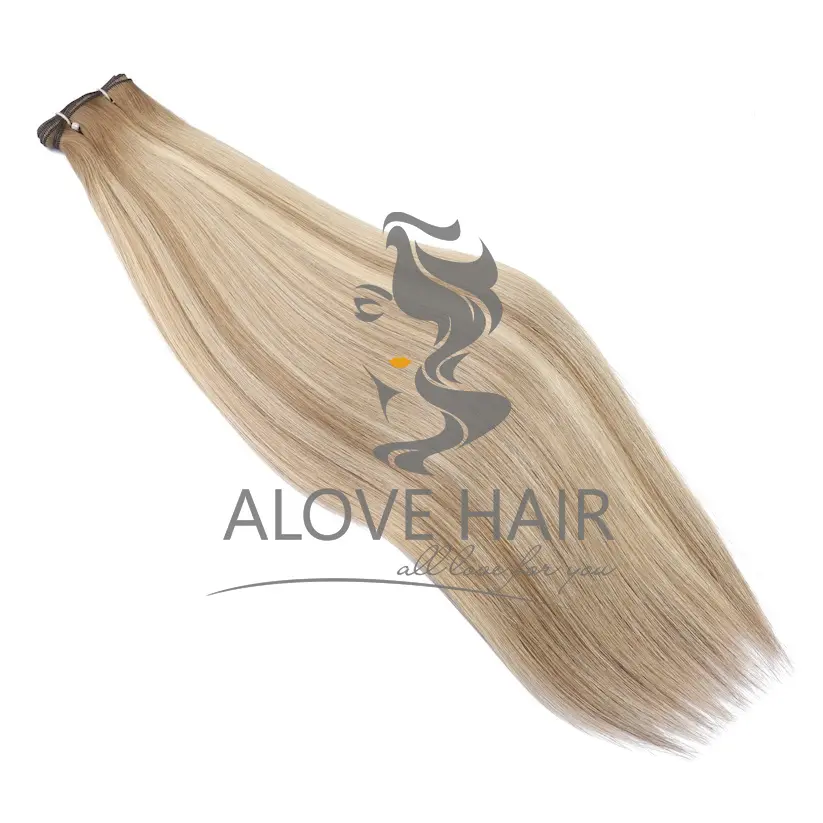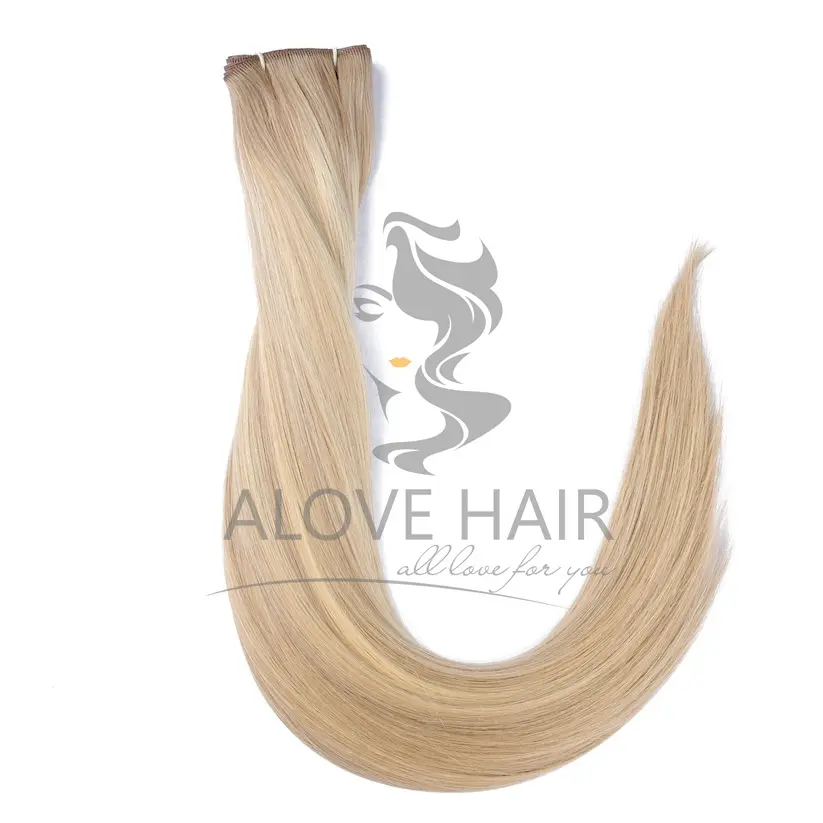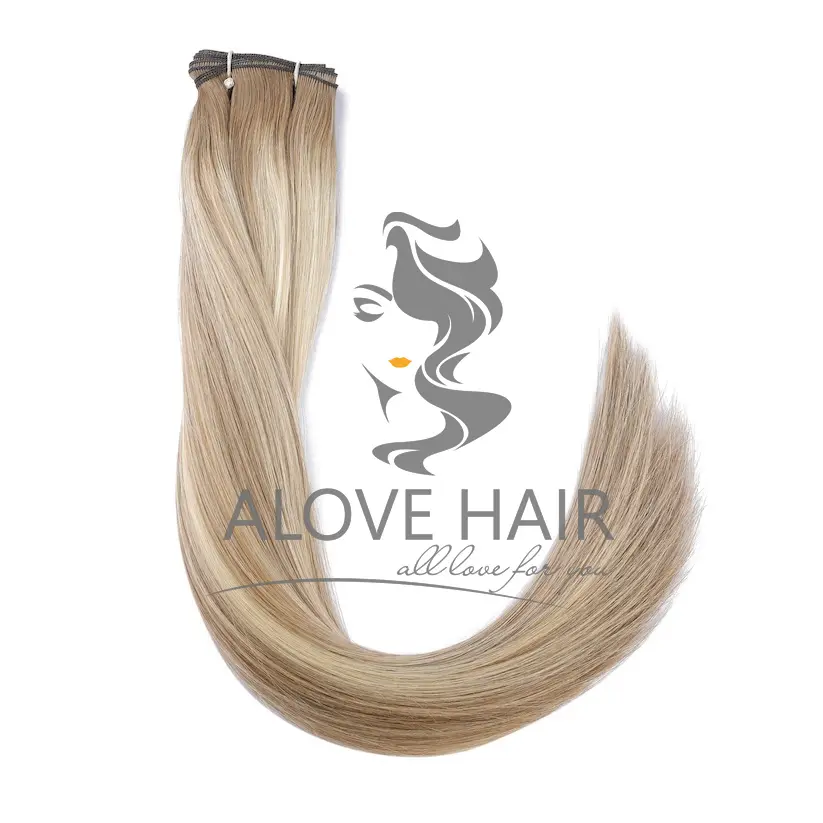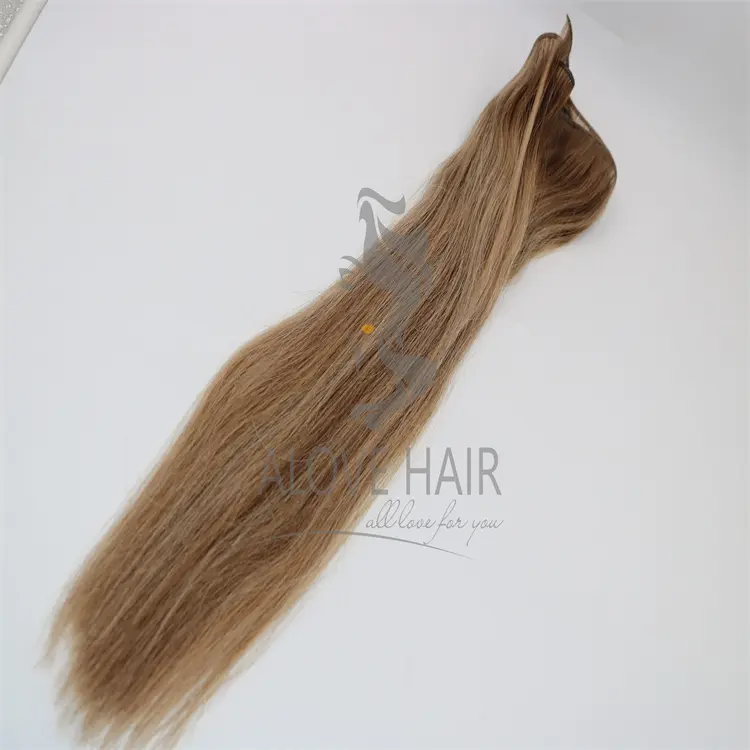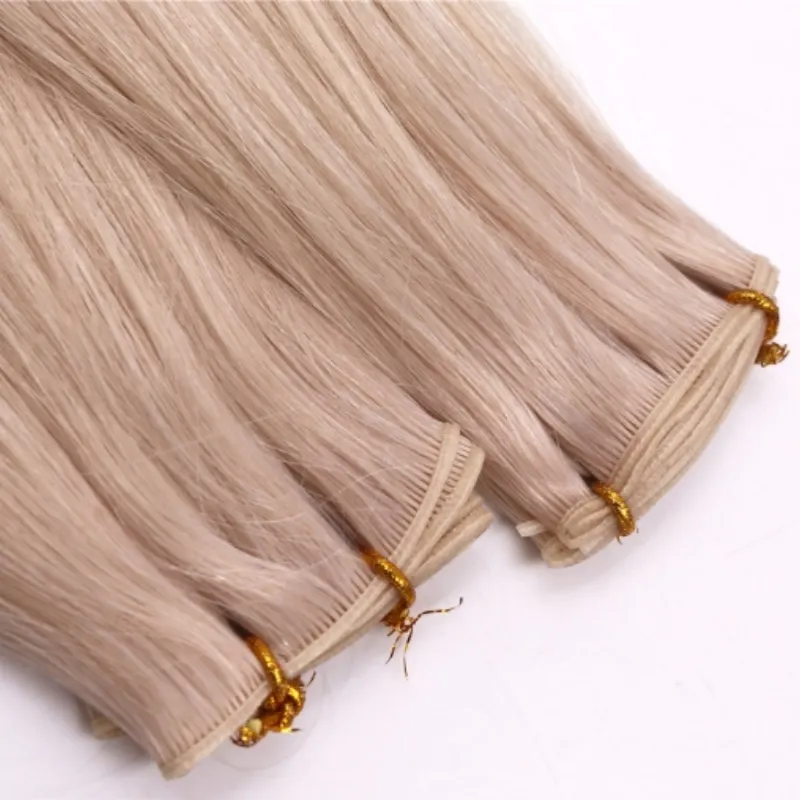K-tip hair extensions, also known as keratin bond extensions, are a popular choice for individuals seeking a long-lasting, natural-looking solution for lengthening and adding volume to their hair. These extensions are applied by bonding small strands of hair to natural hair using keratin-based adhesive. In this article, we'll explore the pros and cons of K-tip hair extensions, review their specifications and price, and compare them with other types of hair extensions.
What Are K-Tip Hair Extensions?
K-tip extensions are pre-tipped with keratin adhesive at one end. This keratin bond is melted using a heat tool and then attached to small sections of the natural hair close to the scalp. The adhesive is designed to blend seamlessly with the hair, creating a natural and long-lasting bond.
602265.webp)
Specifications of K-Tip Hair Extensions
| Specification | Details |
|---|---|
| Material | 100% human hair (Remy or non-Remy) |
| Bonding Type | Keratin bond |
| Installation Method | Heat-based bonding |
| Application Time | 2-6 hours, depending on the amount of hair |
| Strand Thickness | Varies (0.5g - 1g per strand) |
| Strands per Pack | Typically 100 strands |
| Longevity | 3-6 months (with proper care) |
| Maintenance Required | Low, typically needs touch-ups every 6-8 weeks |
| Removal | Professional removal with bond remover |
| Suitable for Hair Types | Most hair types, especially fine to medium hair |
Price List of K-Tip Hair Extensions
The cost of K-tip hair extensions depends on factors such as hair quality, length, and whether the extensions are made of Remy or non-Remy hair.
| Length | Price (Non-Remy Hair) | Price (Remy Hair) |
|---|---|---|
| 14 inches | $200 - $400 | $300 - $500 |
| 18 inches | $250 - $500 | $350 - $600 |
| 22 inches | $300 - $600 | $450 - $700 |
| 24 inches | $350 - $700 | $500 - $800 |
Note: These prices do not include the cost of installation, which can range from $300 to $800, depending on the salon and the stylist’s experience.
Pros of K-Tip Hair Extensions
Natural Appearance: K-tip extensions blend seamlessly with natural hair because the keratin bonds are small and nearly invisible. This results in a more natural look compared to clip-in or tape-in extensions.
Long-Lasting: With proper care, K-tip extensions can last up to 6 months, making them one of the more durable options available.
Minimal Damage to Hair: Unlike glue-based or sewn-in extensions, the keratin bond used in K-tip extensions is gentler on the hair. It minimizes the risk of breakage or damage during installation and removal.
Versatility in Styling: K-tip extensions can be styled like natural hair, including blow-drying, curling, and straightening. The bonds are heat-resistant and strong enough to withstand various styling tools.
Customization: K-tip extensions can be placed strategically to add volume and length in specific areas, allowing for a more personalized and customized look.
Cons of K-Tip Hair Extensions
Time-Consuming Installation: The application of K-tip extensions can take anywhere from 2 to 6 hours, depending on the amount of hair being installed. This makes it one of the more time-intensive extension methods.
Professional Application Required: K-tip extensions must be installed and removed by a professional stylist. Attempting to apply or remove them without the proper tools and experience can cause significant damage to the hair.
Pricey Maintenance: In addition to the initial cost of installation, regular maintenance is necessary to keep the extensions looking their best. Maintenance appointments every 6 to 8 weeks can add up in terms of time and money.
Not Suitable for All Hair Types: While K-tip extensions work well for fine and medium hair, they may not be the best choice for individuals with extremely thick or coarse hair due to the small bond size.
Heat Damage: Since K-tip extensions are installed using heat, there is a slight risk of heat damage to natural hair if not applied correctly by a professional.
746900.webp)
Comparison with Other Types of Hair Extensions
| Type | Installation Method | Longevity | Pros | Cons |
|---|---|---|---|---|
| K-Tip Extensions | Heat-bonded with keratin | 3-6 months | Natural appearance, long-lasting, versatile styling | Time-consuming, professional application required, costly maintenance |
| Clip-In Extensions | Clip-on pieces | Daily use/removable | Easy to apply, temporary, affordable | Temporary, less natural look, cannot be styled as permanently |
| Tape-In Extensions | Adhesive tape strips | 6-8 weeks | Fast application, reusable, natural appearance | Requires frequent touch-ups, can slip out easily |
| Sew-In (Weave) | Sewn into braided hair | 6-8 weeks | Long-lasting, good for thick hair | Can cause tension and breakage, uncomfortable for some |
| Micro-Bead Extensions | Beads used to clamp hair | 3-4 months | No heat or glue, reusable, natural look | Requires professional removal, can be heavy and cause hair breakage |
| Fusion Extensions | Bonded with glue | 4-6 months | Long-lasting, good for fine hair | Time-consuming, risk of glue damage to natural hair |
Pros and Cons of Other Types of Hair Extensions
Clip-In Extensions
Pros:
Easy to apply and remove, making them ideal for occasional use.
Inexpensive compared to permanent options.
No damage to natural hair since they do not require heat or adhesive.
Cons:
Not as natural-looking as K-tip extensions due to the bulky clips.
Cannot be worn for long periods or during sleep.
Limited versatility for styling compared to keratin bond or micro-bead extensions.
Tape-In Extensions
Pros:
Quick installation (typically within an hour).
Natural-looking with proper placement and blending.
Reusable, making them cost-effective over time.
Cons:
The adhesive used can weaken over time, requiring frequent touch-ups.
Not suitable for people with oily scalps, as the oil can cause the tape to loosen.
Must be applied by a professional to ensure even placement.
Sew-In Extensions (Weave)
Pros:
Ideal for individuals with thick, coarse hair.
Long-lasting and secure once applied.
No heat or glue involved, making them less damaging than some other methods.
Cons:
Can cause tension and breakage on natural hair if applied too tightly.
Installation is time-consuming and can be uncomfortable.
Requires professional removal to avoid damage.
Micro-Bead Extensions
Pros:
No heat or glue is used, making them gentler on natural hair.
Reusable, making them a more cost-effective solution over time.
Natural-looking and versatile for styling.
Cons:
Can cause hair breakage if not installed or removed properly.
The beads may cause discomfort if too tight.
The weight of the extensions can strain the scalp and natural hair.
Conclusion: Are K-Tip Hair Extensions Right for You?
K-tip hair extensions are an excellent option for individuals seeking a long-lasting, natural-looking solution for hair enhancement. They offer a seamless blend with natural hair, versatility in styling, and durability with proper care. However, the time and cost involved in their installation and maintenance, as well as the need for professional handling, are factors to consider before opting for this method.
When comparing K-tip extensions with other types, their longevity and natural appearance set them apart from clip-ins and tape-ins, but they do require a greater investment of time and money. Ultimately, the best choice of hair extensions depends on your lifestyle, hair type, and budget.
798.webp)
